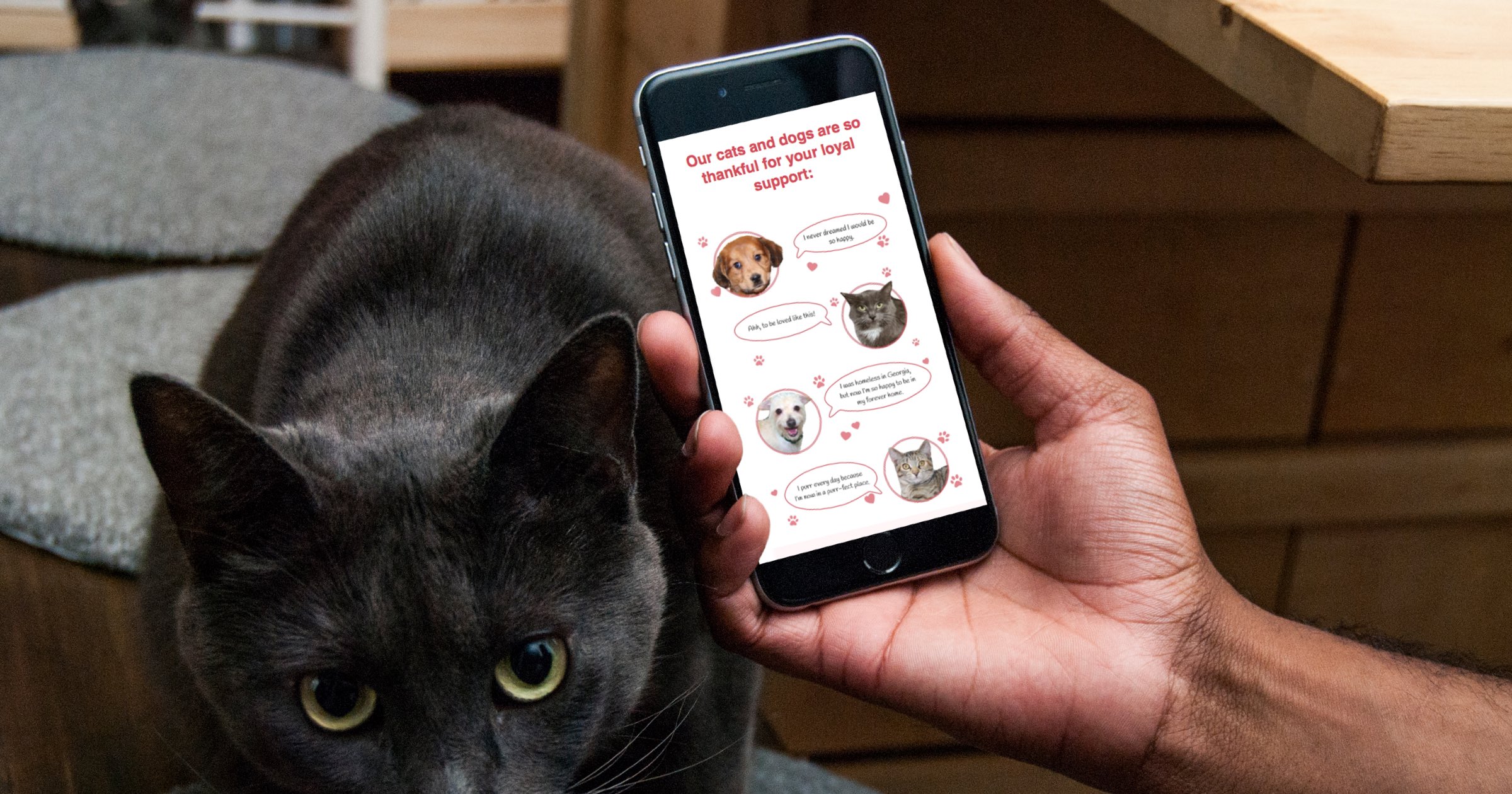One of the Biggest Threats to Digital Fundraising Isn't What You Think

Though the stock market, the policy swings of the current administration, and the new tax law all affect fundraising, most of these are out of our control. One of the biggest threats to digital fundraising that we can control is email deliverability – and it's critical that we do so, because email marketing is still one of the top drivers of digital income for nonprofits.
Email deliverability is often overlooked. Let's be honest, it's not the most exciting thing about digital marketing and fundraising. In reality, many organizations either don't understand its importance or don't have the staff, tools, and/or technology to keep track of it and to maintain best practices. Too often, organizations send emails to their full files – including email addresses that are irrelevant or redundant – because they think email is a free and easy channel for communication. However, there is a cost to email, both in dollars and cents and in harming the reach of your organization's mission.
A lack of understanding about the importance of email list hygiene is part of the problem. If you don't remove the dead weight from your email program, the entire ship could sink. This means removing hard and soft bounces, identifying spam traps, and most importantly, having an easy unsubscribe process so you don't get a lot of spam complaints.
Why is this important?
Without good email list hygiene, you could be in the middle of your Giving Tuesday and year-end campaigns when an email service provider (ESP) blocks your domain completely. Imagine a single ESP, say Hotmail, making such a decision. You would miss the chance to reach many donors at a crucial giving time, when competition is fierce, and your message needs to be in inboxes. Furthermore, legacy ESPs (e.g., Hotmail, Yahoo!, and AOL) often provide email service to some of the best donors, and these ESPs are some of the more stringent providers.
What can you do?
-
Validate emails – Email validation is a process whereby you run your file past a third-party service that identifies spam traps (i.e., email addresses that have been flagged by ESPs as spammers and that don't have a real person behind them) and other bad email addresses (i.e., email addresses that could have been input incorrectly). We recommend running these processes twice a year or even more often for larger programs that are actively acquiring email addresses from lead generation.
-
Remove hard bounced addresses – You shouldn't let email bounces happen more than twice, as some ESPs will penalize you for having them on your file (some of the better platforms will help you manage this with more ease).
-
Trim the dead weight – If someone hasn't engaged (i.e., opened or clicked on) with your emails in a relatively short period of time (i.e., within six months or maybe a little longer for donors), move them to an inactive list and remove them from important fundraising campaigns. (You can decide to create special one-off reactivation campaigns during low-risk times of year to reengage them.)
-
Upgrade your platform – The better email platforms have proactive relationships with the ESPs, which your organization will benefit from in a pickle. So, find a platform that allows you to keep track of your spam complaints and bounces. A good platform should also offer easy-to-use tools that allow you to trim the dead weight. This means making an investment in your program infrastructure, which will have a long-term payoff.
These are just a few recommendations to improve your email deliverability, but the list can go on and on. I recommend that you do your research and/or hire a consultant to help you manage your email program. Keeping up with email deliverability and data hygiene is just as important as producing amazing digital campaigns and awe-inspiring creative.
Check out some of these websites to get your research started:
EveryAction, 2018 Nonprofit Email Deliverability Study
Care2, The New Rules for Email Deliverability
